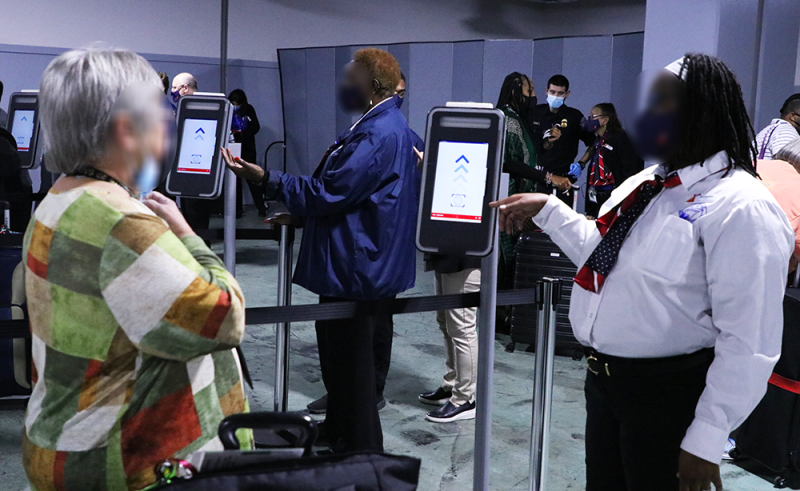Hands off my biometrics, and a wormhole squirmish • Graham Cluley

Clearview AI receives something of a slap in the face, and who is wrestling over an internet wormhole?
All this and more is discussed in the latest edition of the award-winning “Smashing Security” podcast by computer security veterans Graham Cluley and Carole Theriault.
And don’t miss our featured interview with Artur Kane of GoodAccess.
Hosts:
Graham Cluley – @gcluley
Carole Theriault – @caroletheriault
Show notes:
Sponsor: Kolide
At Kolide, we believe the supposedly Average Person is the key to unlocking a new class of security detection, compliance, and threat remediation. So do the hundreds of organizations that send important security notifications to employees from Kolide’s Slack app.
Collectively, we know that organizations can dramatically lower the actual risks they will likely face with a structured, message-based approach. More importantly, they’ll be able to engage end-users to fix nuanced problems that can’t be automated.
Try Kolide Free for 14 Days; no credit card required.
Sponsor: GoodAccess
GoodAccess – Free Business Cloud VPN for up to 100 Users.
Get a cloud VPN with strong network encryption and unprecedented online threat protection. No hardware. 100% free. Just create your team and enjoy GoodAccess forever.
Check it out now at smashingsecurity.com/goodaccess.
Sponsor: Rumble
Rumble, made by the creator of Metasploit, finds many devices connected to your network that other solutions miss, including orphaned machines running outdated operating systems.
It can even tell you which machines are missing endpoint protection, from your local network to the cloud.
Sign up for a free trial and build your asset inventory in minutes. Get your trial at www.rumble.run
Follow the show:
Follow the show on Twitter at @SmashinSecurity, on the Smashing Security subreddit, or visit our website for more episodes.
Remember: Subscribe on Apple Podcasts, or your favourite podcast app, to catch all of the episodes as they go live. Thanks for listening!
Warning: This podcast may contain nuts, adult themes, and rude language.
Found this article interesting? Follow Graham Cluley on Twitter to read more…




